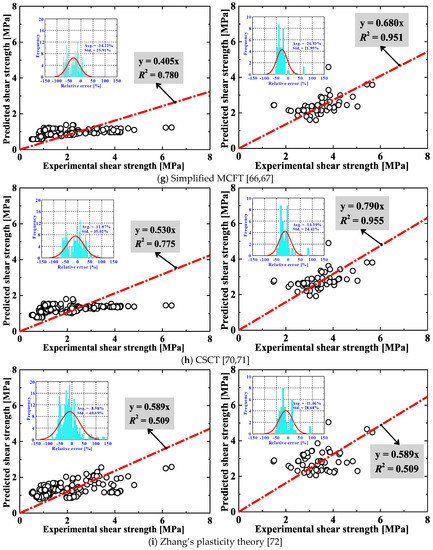

At smaller propagation ranges and lower frequencies, the ITU model may output a smaller attenuation value than Crane.

The losses computed with the Crane model are mostly larger than the losses computed with the ITU model at this propagation range.

Plot losses computed with both models and compare. Let the polarization be horizontal, so the tilt angle is 0, and let the signal propagate parallel to the ground, so the elevation angle is 0. Both models are valid between 1 GHz and 1 THz. The functions rainpl and cranerainpl can be used to compute losses due to rain according to the ITU and Crane models, respectively. In general, horizontal polarization represents the worst case for propagation loss due to rain. In addition, because of the rain drop's shape and its relative size compared to the RF signal wavelength, the propagation loss due to rain is also a function of signal polarization. According to, the rain rate can range from less than 0.25 mm/h for very light rain to over 50 mm/h for extreme rains. In the ITU model in, rain is characterized by the rain rate (in mm/h). Rain can be a major limiting factor for radar systems, especially when operating above 5 GHz. The loss varies with different factors such as pressure, temperature, and water density. Signals interact with particles in the air and lose energy along the propagation path.
OCTAVE RF TOOLBOX FREE
In reality, signals do not always travel in a vacuum, so free space path loss describes only part of the signal attenuation. Propagation Loss Due to Precipitation and Atmosphere The figure shows that the propagation loss increases with range and frequency.


 0 kommentar(er)
0 kommentar(er)
